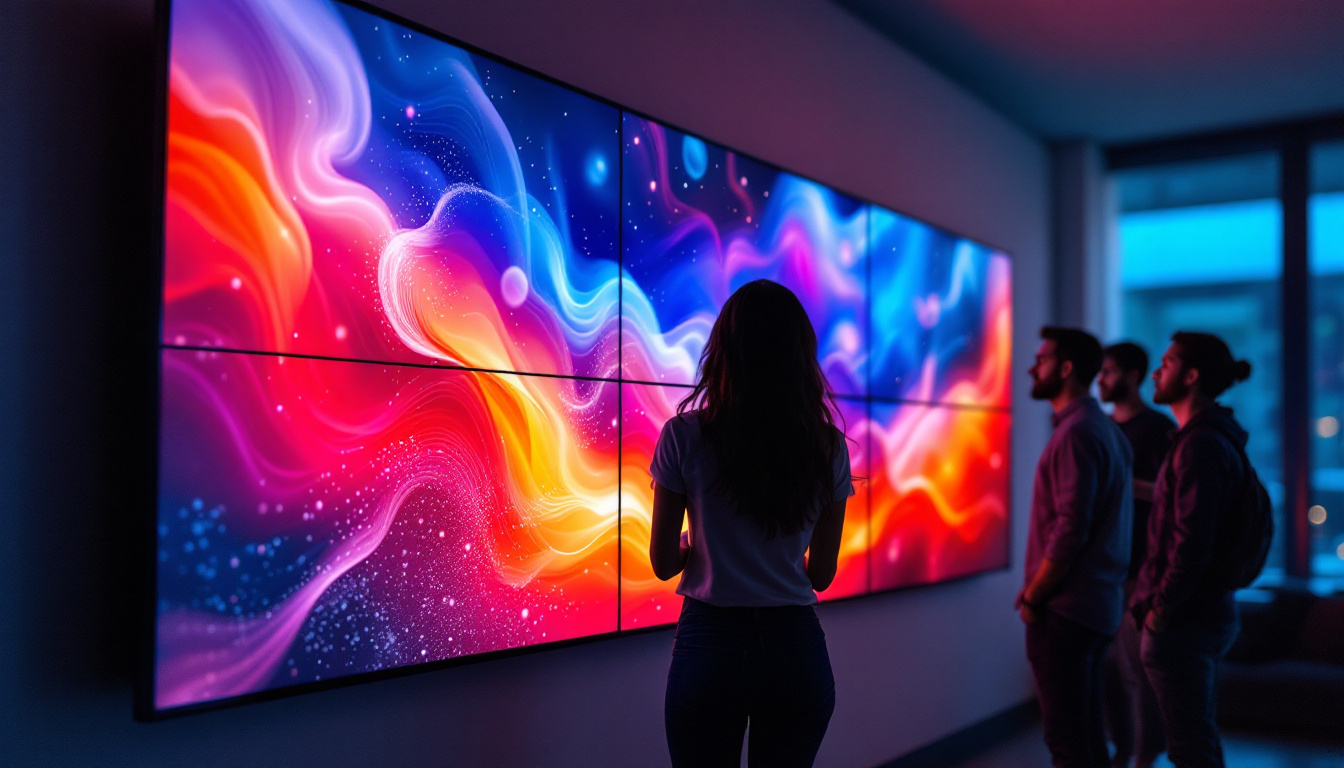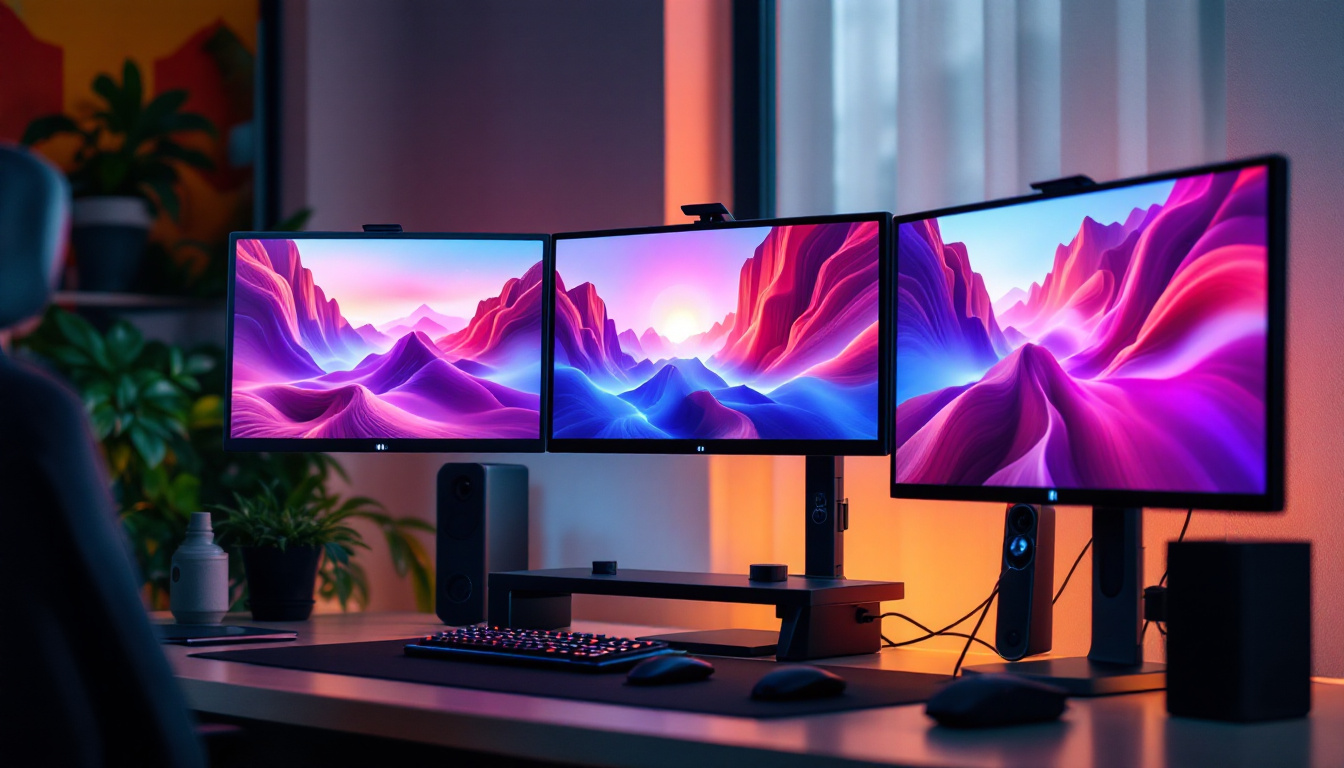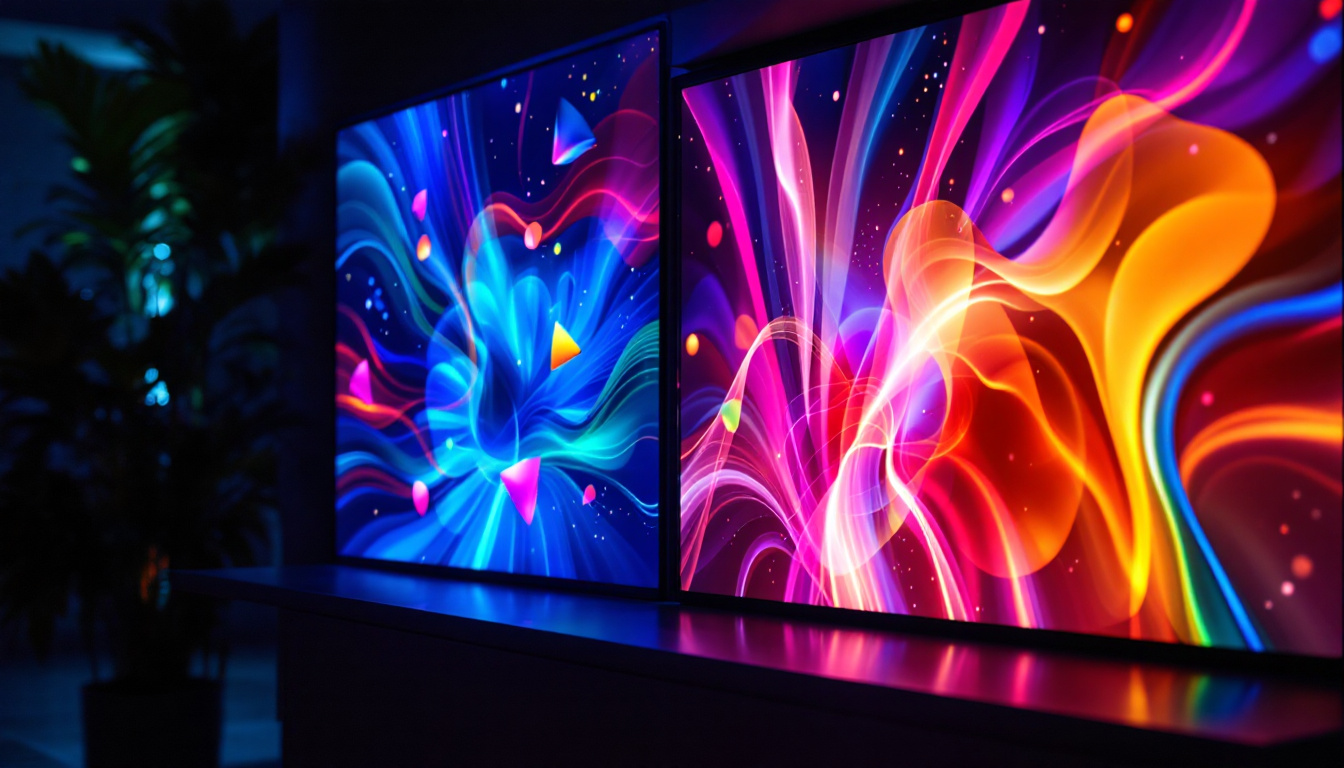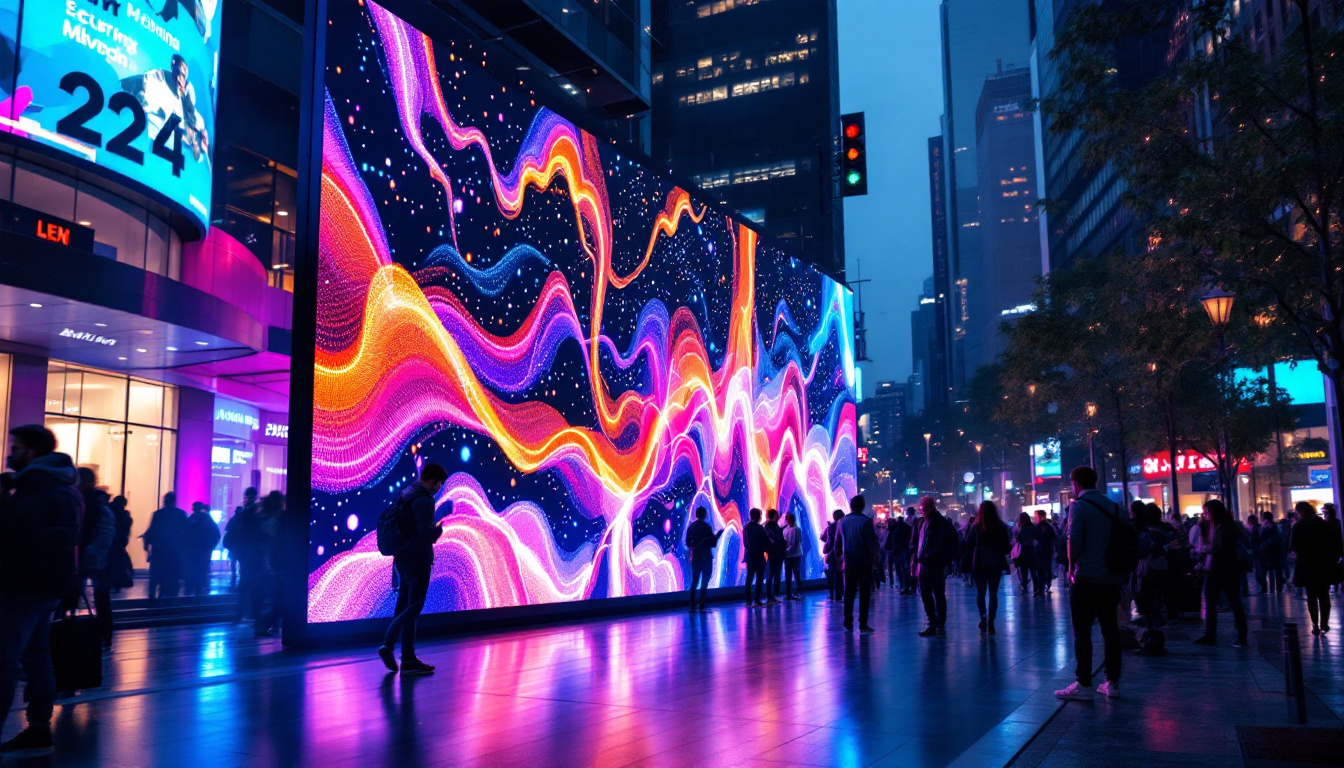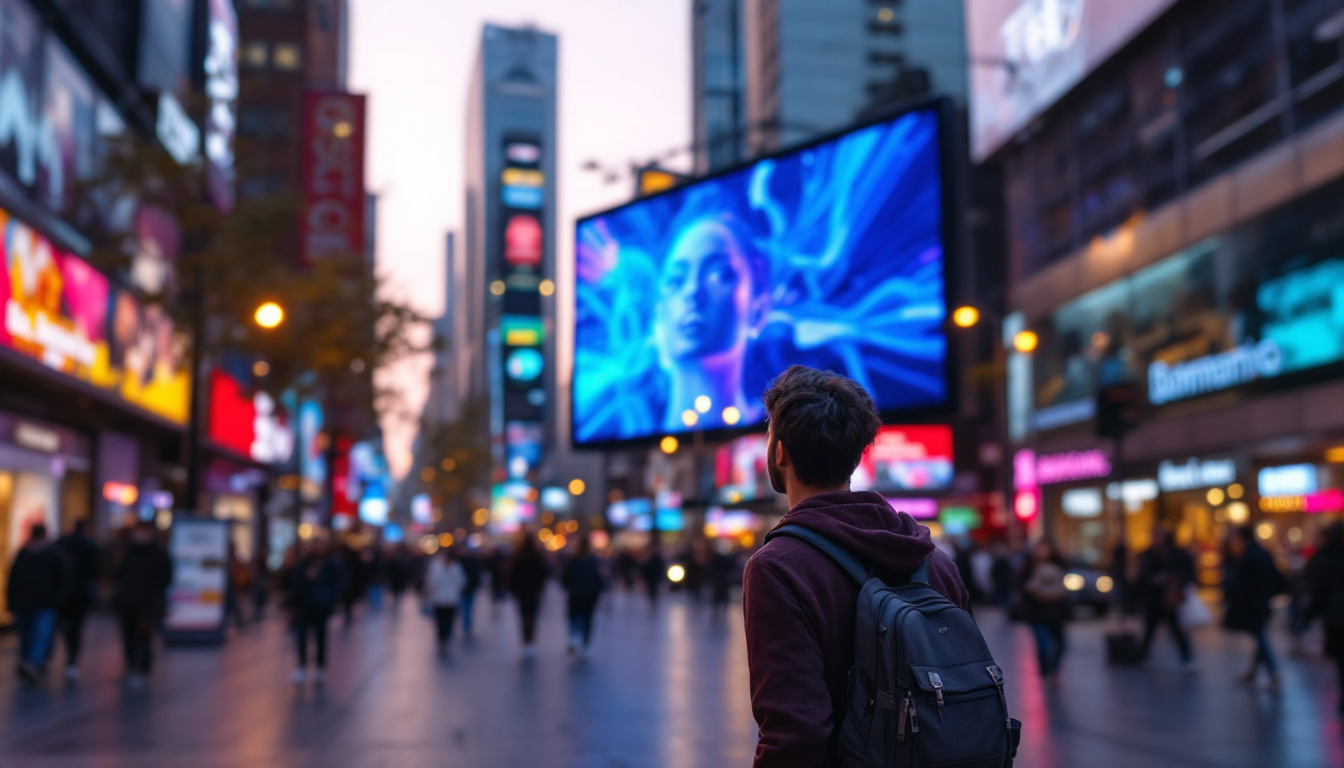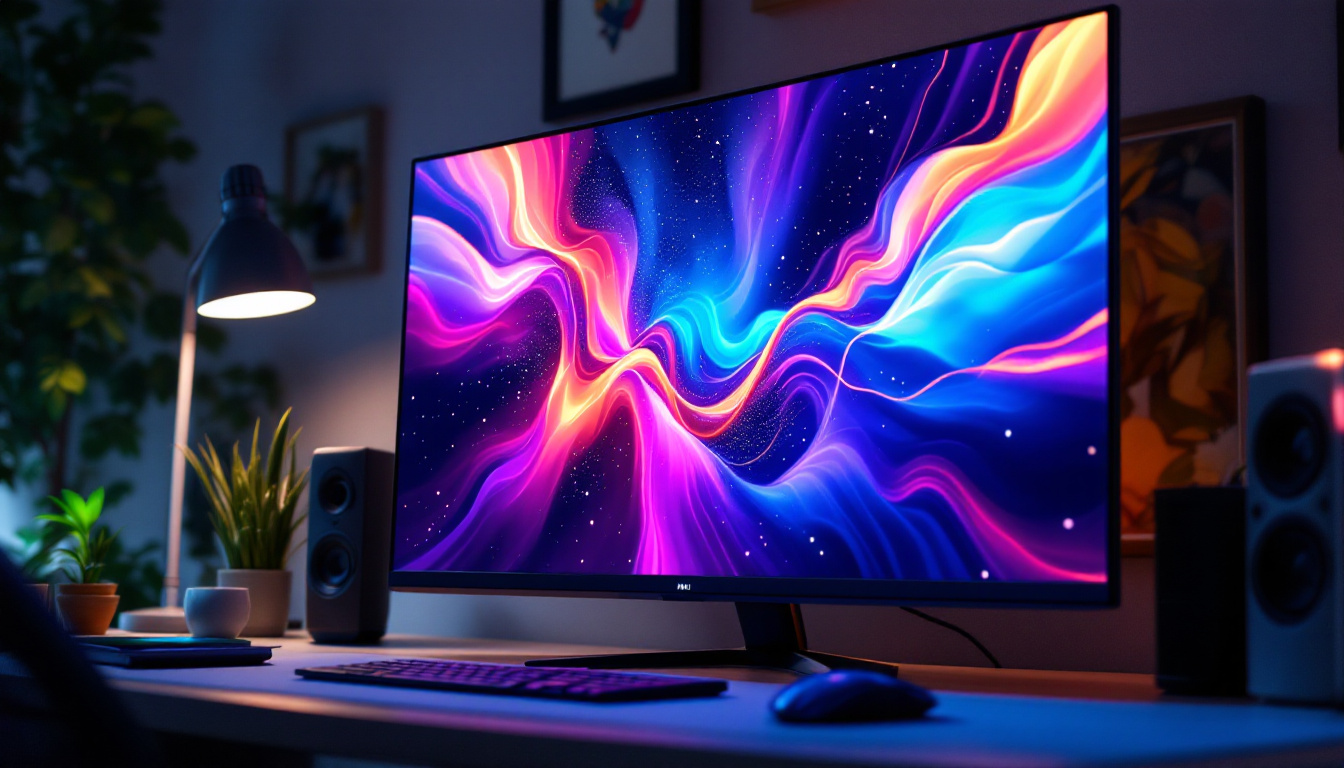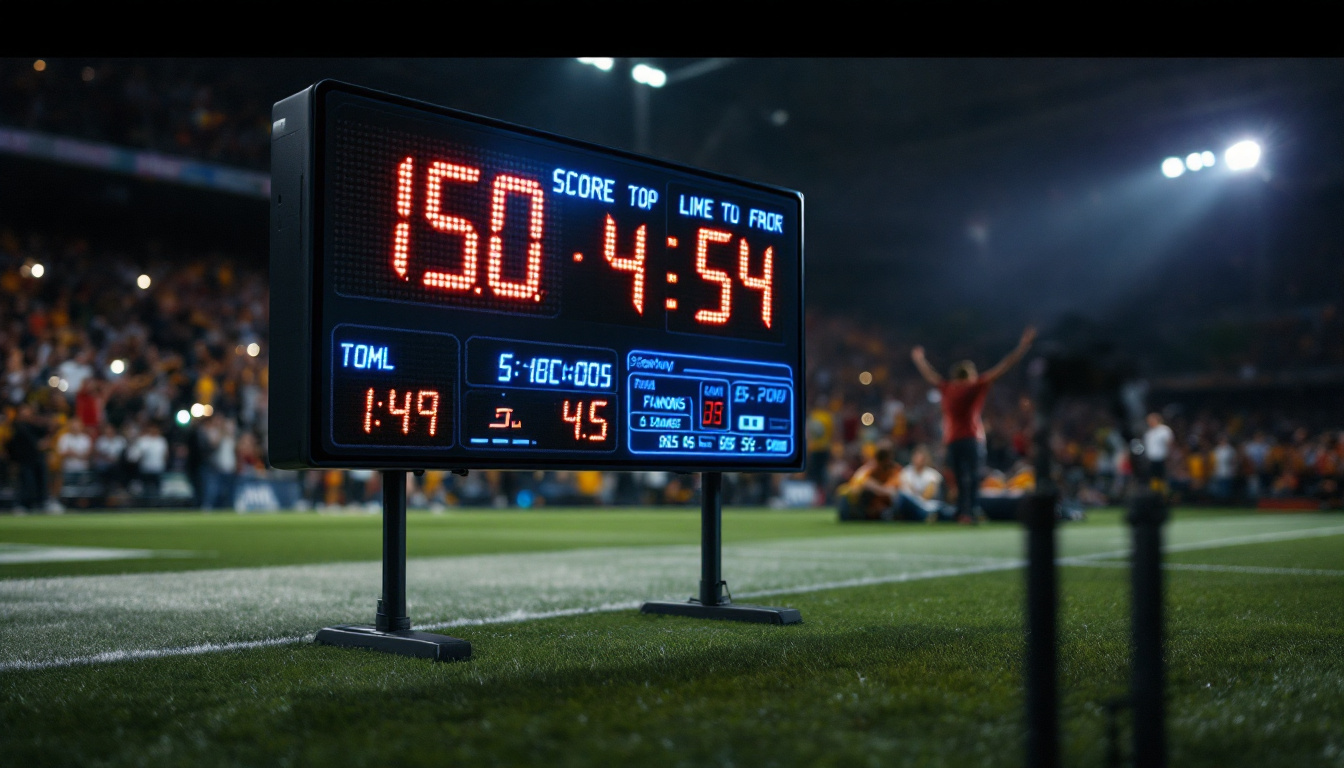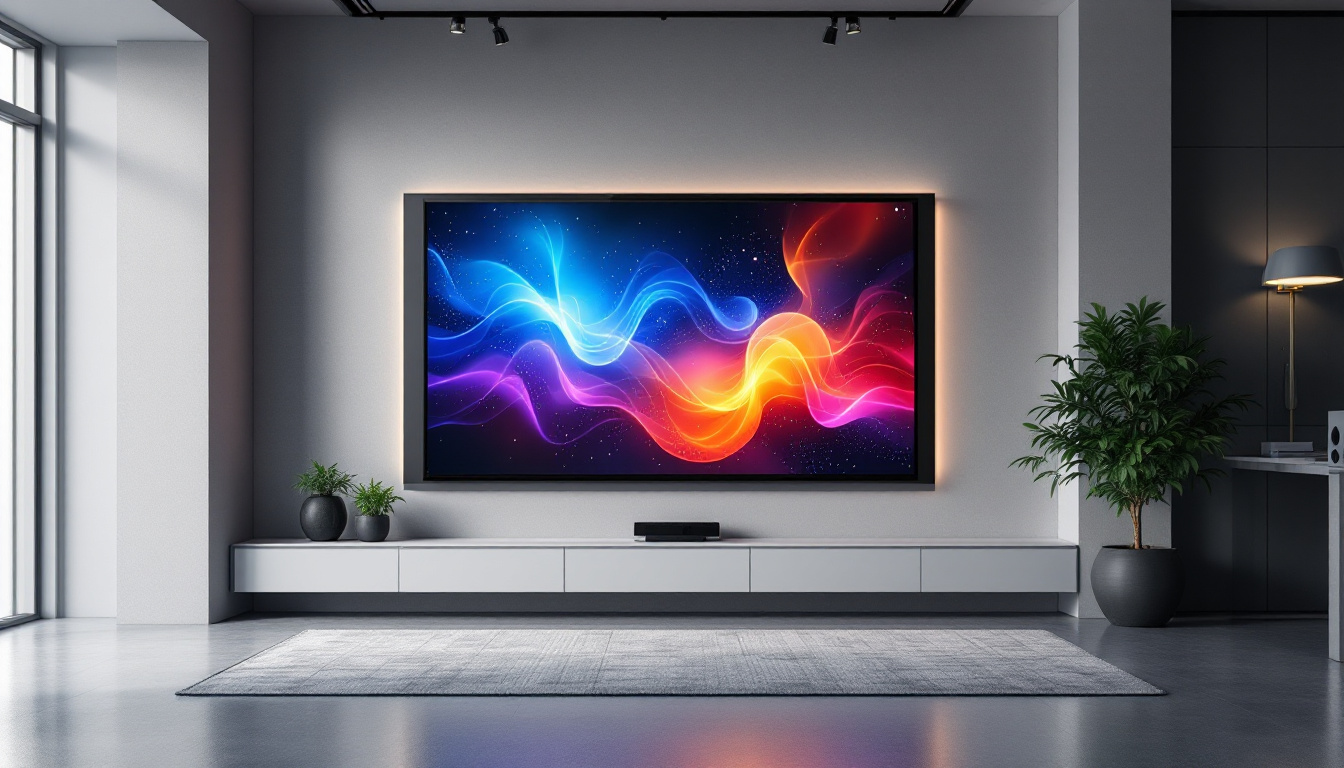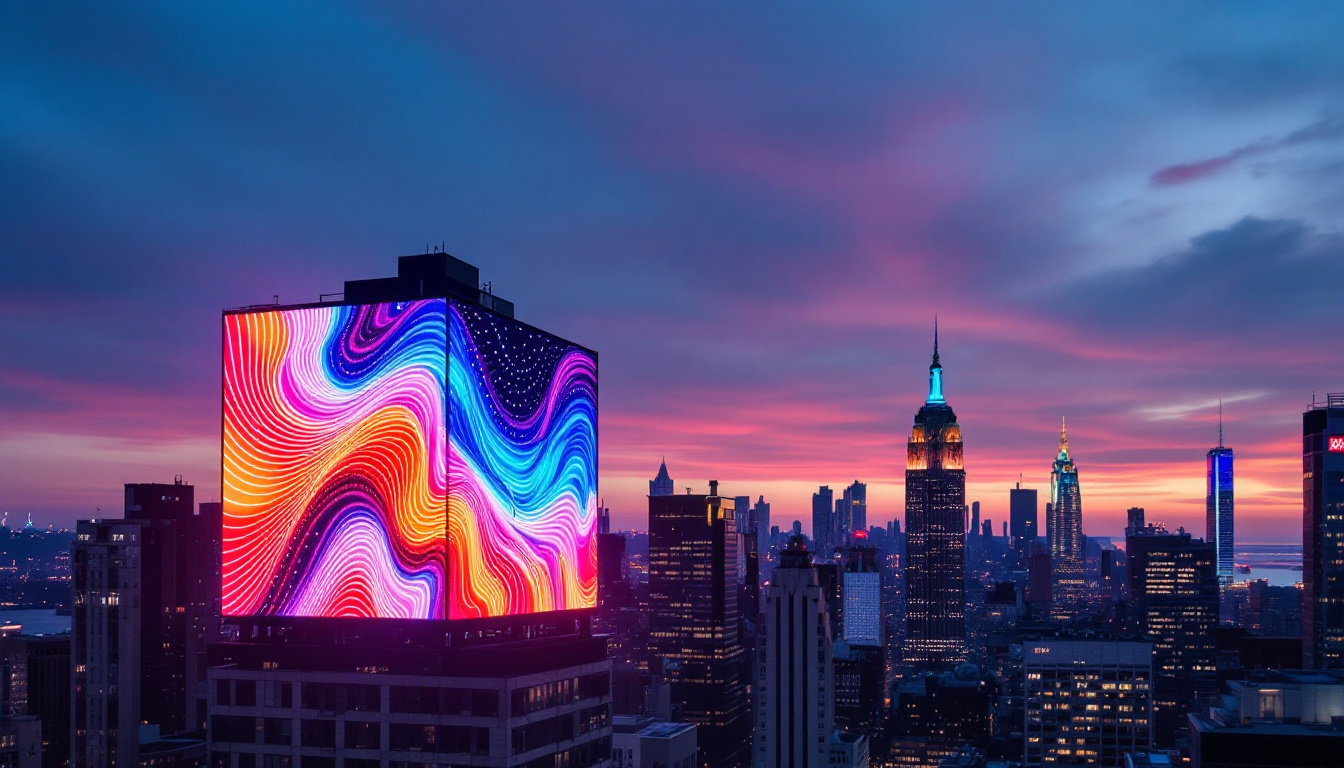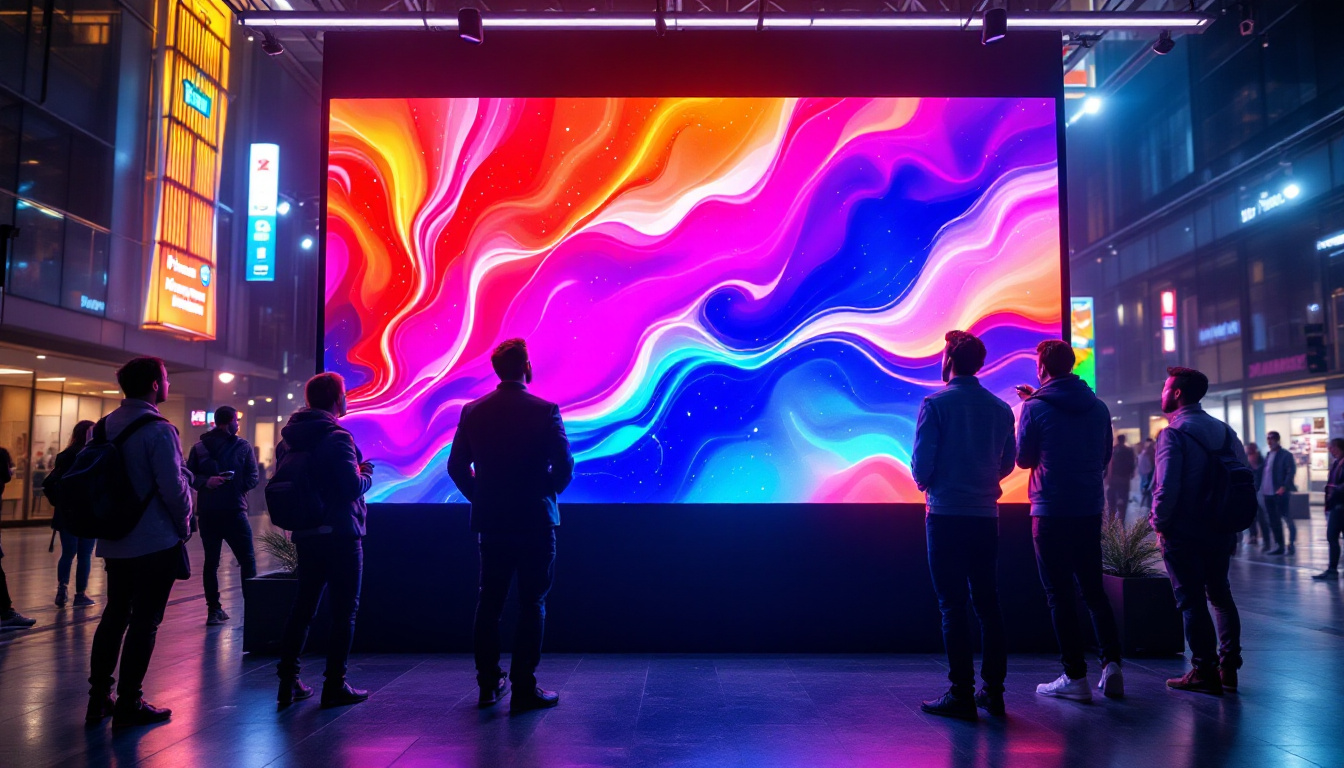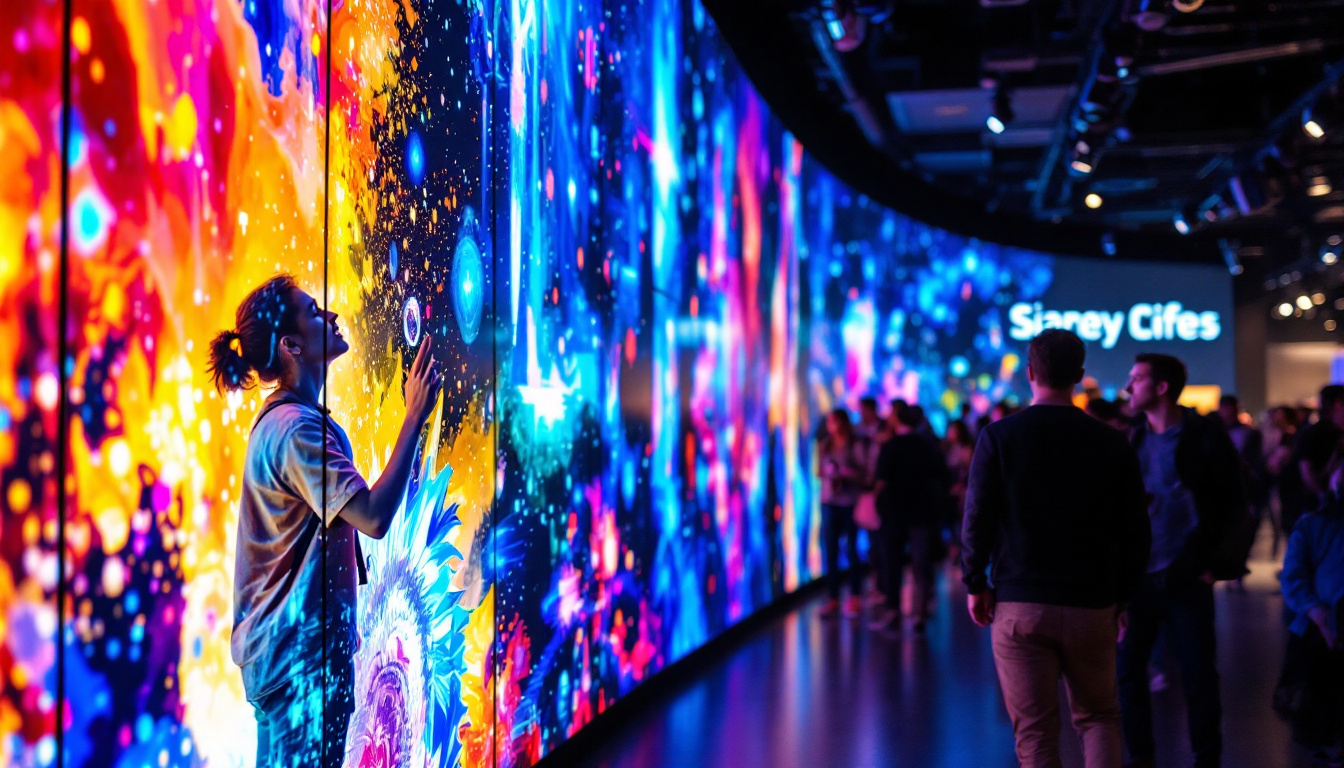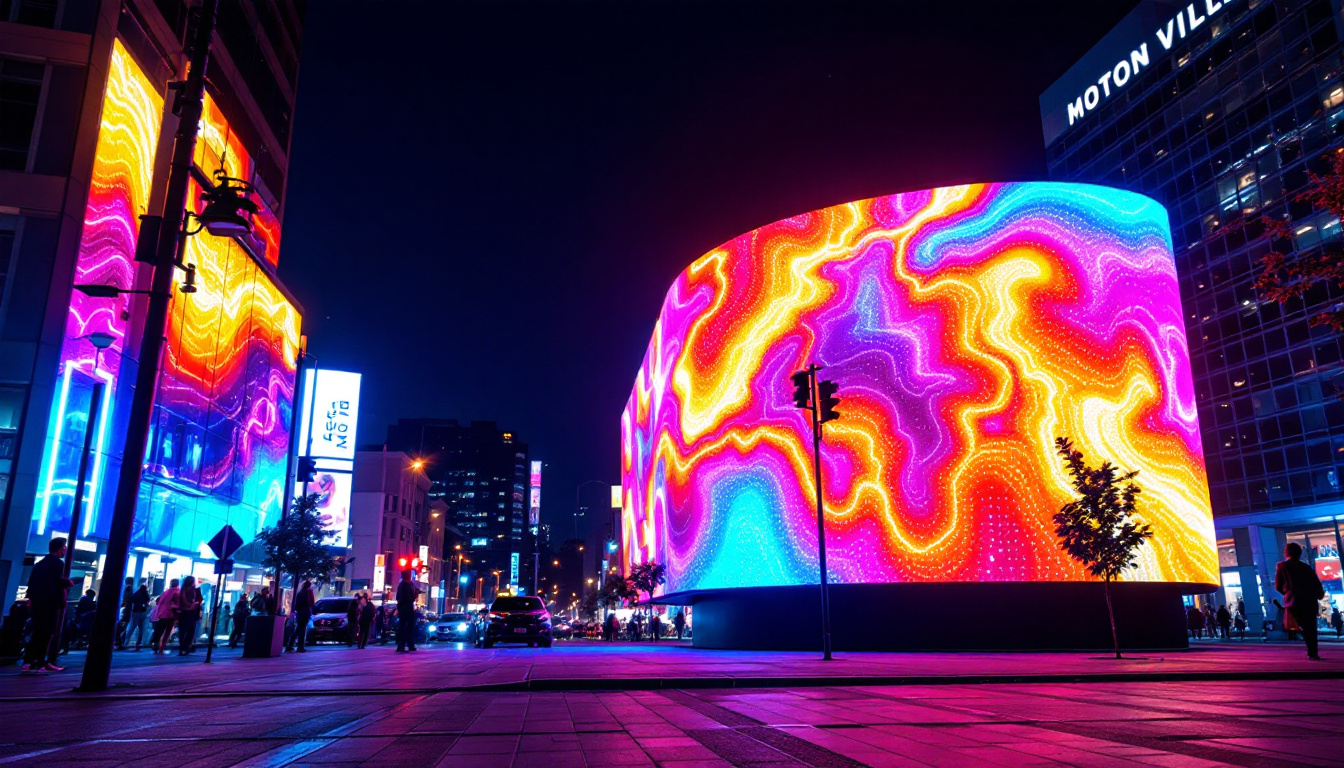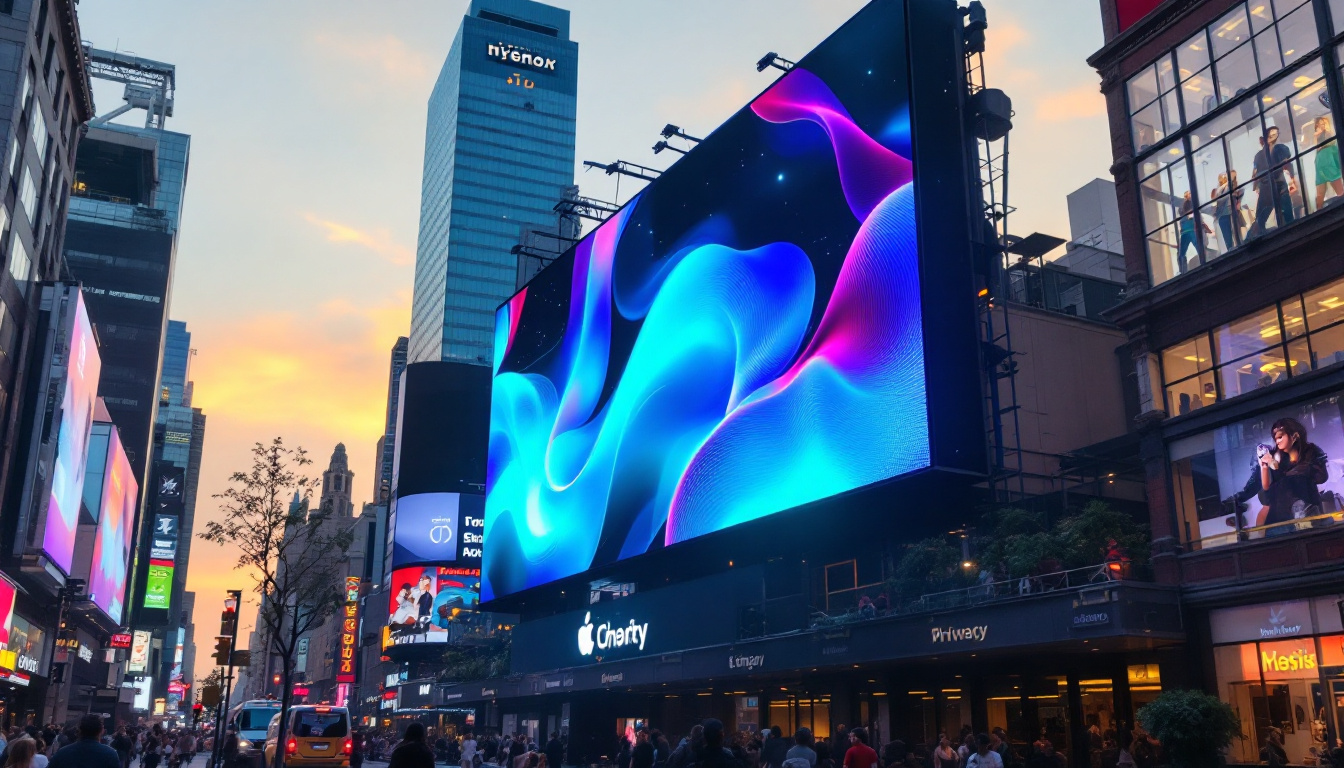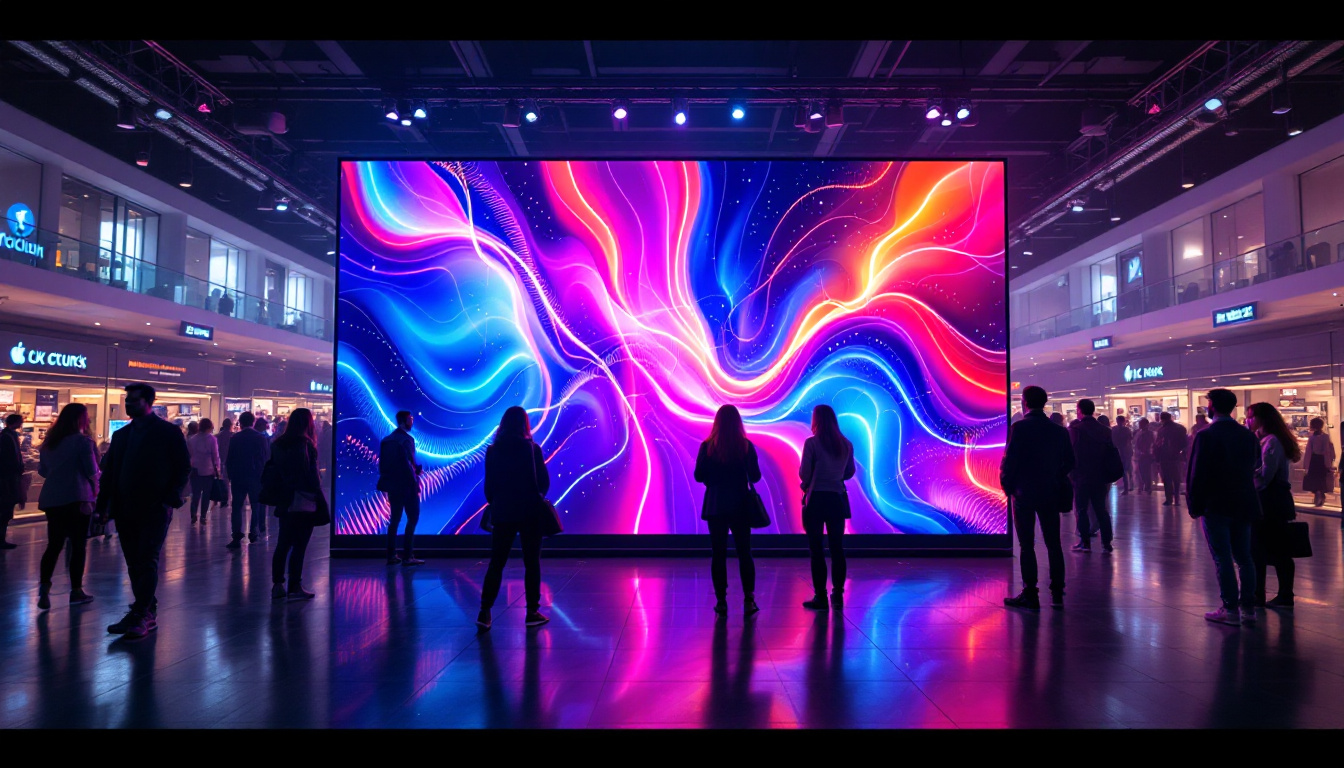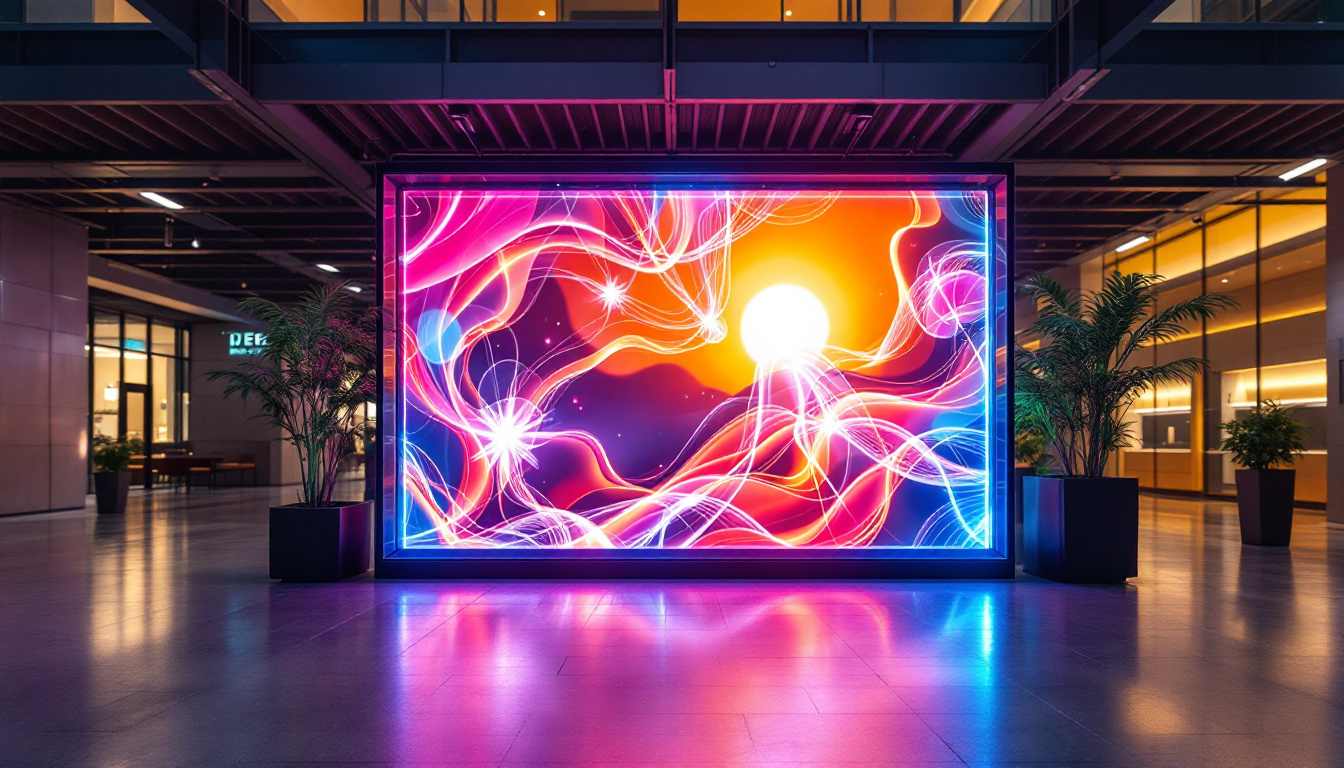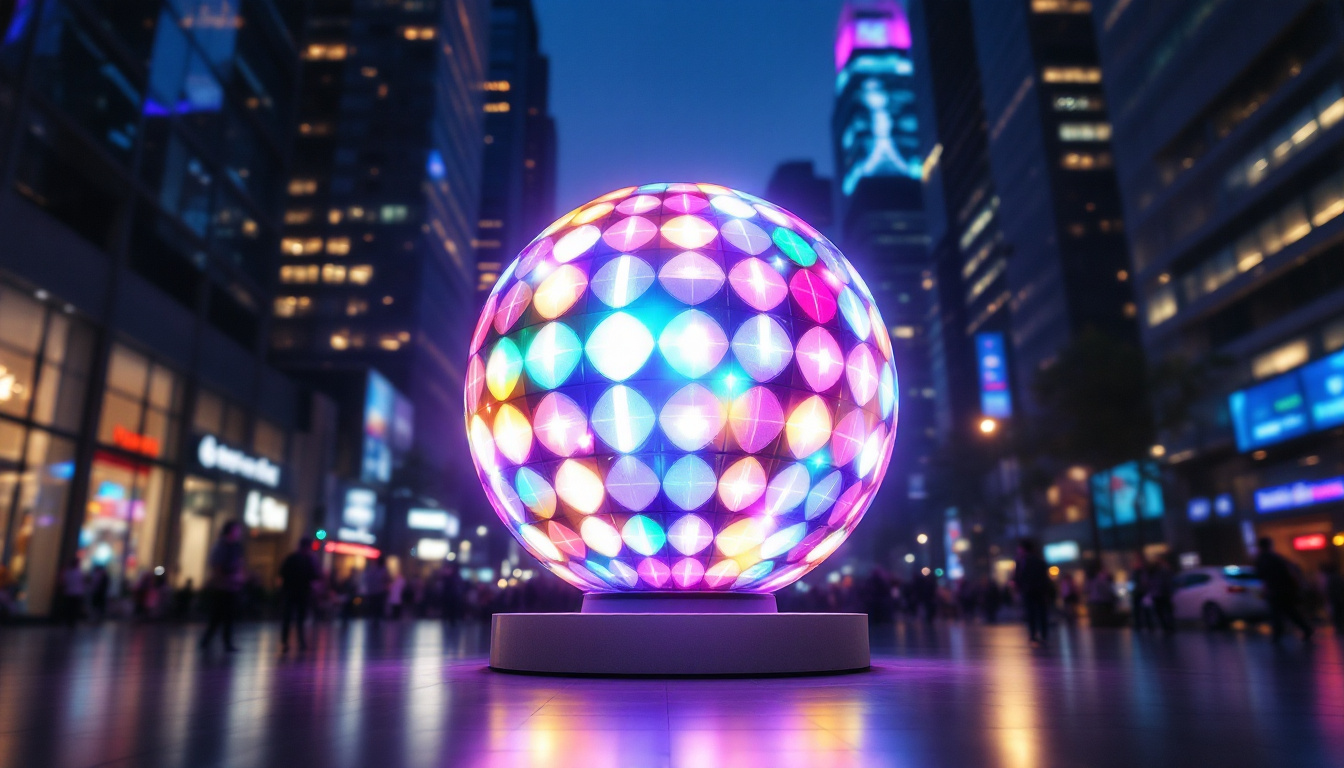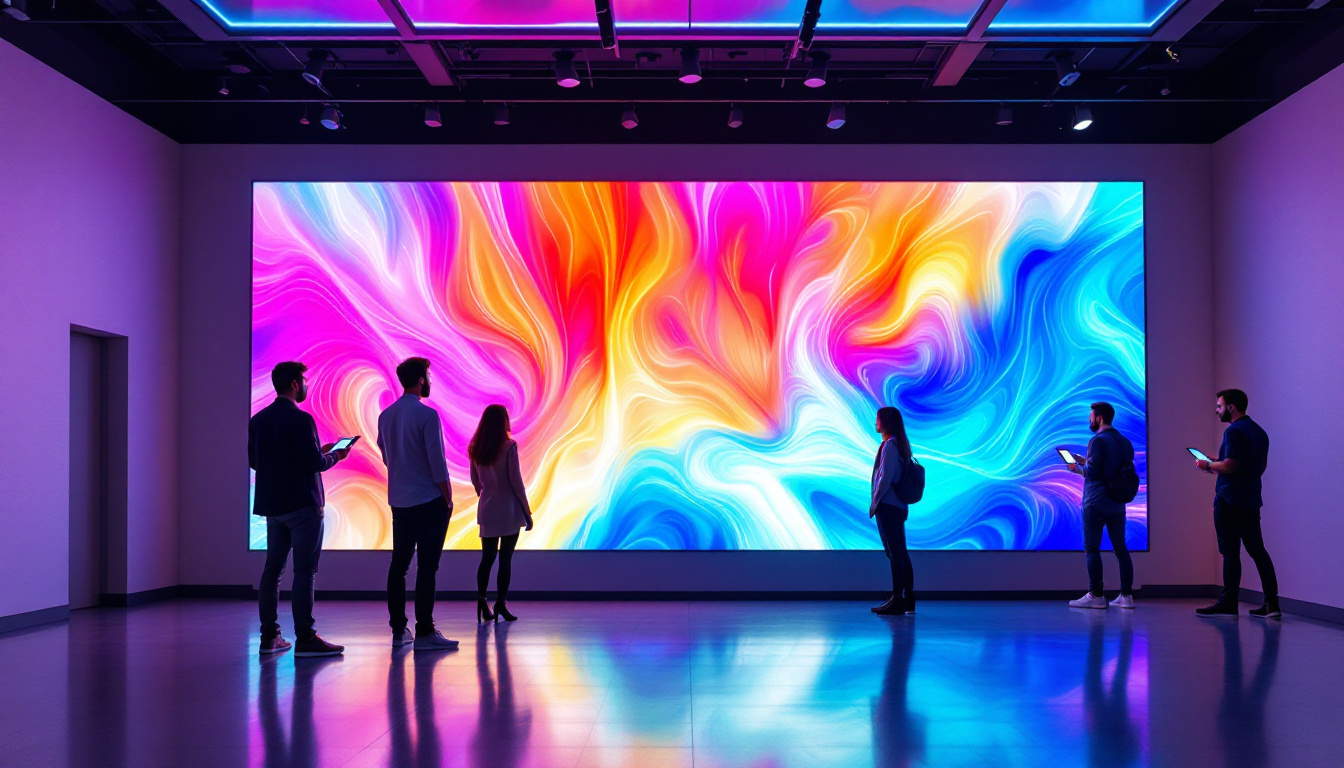The evolution of display technology has transformed how we communicate, present information, and entertain. Among the most impactful advancements is the multi-monitor video wall, particularly those utilizing LED displays. This article delves into the intricacies of video walls, their components, applications, and the technology that drives them.
Understanding Video Walls
A video wall is a large display surface made up of multiple screens or monitors arranged in a grid-like configuration. This setup allows for a single large image or multiple images to be displayed simultaneously, creating an immersive visual experience. Video walls are commonly used in various settings, from corporate environments to public spaces, enhancing the way information is shared and perceived. They are particularly effective in environments where high-impact visuals can convey messages more effectively than traditional signage or presentations, making them a preferred choice for advertising, entertainment, and information dissemination.
Components of a Video Wall
At the core of a video wall are the individual display units, which can be LCD, LED, or projection-based. Each type has its advantages and disadvantages, but LED displays have gained significant popularity due to their superior brightness, color accuracy, and energy efficiency. The modular nature of these displays allows for flexibility in design, enabling businesses to create customized configurations that fit their specific space and visual requirements.
In addition to the display units, a video wall setup typically includes a video wall controller, which manages the content displayed across the screens. This controller can take various forms, from hardware-based solutions to software applications that run on computers. The choice of controller will depend on the complexity of the content and the desired level of interactivity. Advanced controllers can also enable features such as real-time data integration, allowing for dynamic content updates that keep the display relevant and engaging for viewers.
Types of LED Displays
LED displays can be categorized into several types, each suited for different applications. The most common types include:
- Direct View LED (DVLED): These displays consist of individual LED modules that are tiled together to form a seamless image. They are known for their high brightness and can be used in both indoor and outdoor settings. Their durability and weather resistance make them an excellent choice for outdoor advertising and events.
- LED-backlit LCD: These displays use LED technology to backlight an LCD panel. While they are generally less expensive than direct view LED displays, they do not provide the same level of brightness or color vibrancy. However, they are still widely used in environments where budget constraints are a consideration, such as retail spaces and smaller conference rooms.
- Fine Pitch LED: This type of LED display features a smaller pixel pitch, allowing for closer viewing distances without noticeable pixelation. Fine pitch LED displays are ideal for indoor environments like control rooms and conference centers. Their high resolution ensures that detailed graphics and text are crisp and clear, making them suitable for presentations that require high visual fidelity.
Beyond these types, advancements in technology have led to the development of innovative solutions such as transparent LED displays and flexible LED screens. Transparent displays can be integrated into glass surfaces, allowing for creative advertising opportunities without obstructing views. Flexible screens, on the other hand, can be bent or shaped to fit unconventional spaces, offering designers and architects new ways to incorporate video walls into their projects. As the technology continues to evolve, the possibilities for video walls are expanding, making them an increasingly vital tool for communication and engagement in various industries.
Benefits of Multi Monitor Video Walls
Multi-monitor video walls offer numerous advantages, making them a preferred choice for many organizations. Here are some key benefits:
Enhanced Visual Impact
The sheer size and scale of a video wall create a powerful visual impact that can capture attention more effectively than traditional single displays. This is particularly beneficial in environments such as retail spaces, where engaging customers is crucial. The vibrant colors and high-definition resolution of video walls can draw customers in, showcasing products or promotions in a way that is both eye-catching and memorable. Additionally, the ability to create dynamic, moving content can help to convey a brand’s message more effectively, making it easier for potential customers to connect with the brand on an emotional level.
Versatility in Content Display
Video walls are incredibly versatile, allowing for a variety of content types to be displayed simultaneously. From dynamic video presentations to static images and real-time data feeds, the flexibility of video walls enables organizations to tailor their messaging based on specific needs. This adaptability means that a single video wall can serve multiple purposes throughout the day, from displaying promotional videos during peak shopping hours to showcasing informative content during quieter times. Furthermore, the ability to integrate social media feeds or live updates can create an interactive experience that keeps audiences engaged and informed.
Improved Collaboration and Communication
In corporate settings, video walls can facilitate better collaboration and communication among team members. By displaying shared content in real-time, teams can work together more effectively, whether they are in the same room or collaborating remotely. This is especially useful for brainstorming sessions, where visual aids can enhance understanding and foster creativity. Moreover, video walls can serve as a central hub for important announcements, project updates, and performance metrics, ensuring that all team members are aligned and informed. The ability to easily switch between different sources and presentations also means that meetings can be more dynamic and engaging, reducing the likelihood of disengagement during lengthy discussions.
Increased Engagement in Public Spaces
In addition to their use in corporate environments, multi-monitor video walls are increasingly being utilized in public spaces such as airports, stadiums, and museums. These installations not only serve to inform and guide visitors but also enhance their overall experience. For instance, in an airport, a video wall can display flight information, wayfinding assistance, and even local attractions, all while providing a visually stimulating backdrop that captures travelers’ attention. In museums, video walls can be used to create immersive exhibits that combine visual storytelling with interactive elements, allowing visitors to engage with the content in a more meaningful way.
Cost-Effectiveness Over Time
While the initial investment in a multi-monitor video wall may seem significant, the long-term cost-effectiveness of these systems cannot be overlooked. With advancements in technology, video walls are becoming more energy-efficient and easier to maintain, which can lead to lower operational costs over time. Additionally, the durability of modern display technologies means that organizations can expect a longer lifespan from their video walls compared to traditional displays. This longevity, combined with the ability to update content remotely and easily, allows organizations to maximize their return on investment while continually providing fresh and relevant information to their audiences.
Applications of Video Walls
The applications of video walls are vast and varied, spanning multiple industries. Here are some prominent use cases:
Corporate Environments
In the corporate world, video walls are often used for presentations, data visualization, and as part of control rooms. They can display key performance indicators (KPIs), project updates, and other critical information, enabling quick decision-making.
Public Spaces and Events
Video walls are a staple in public spaces such as airports, shopping malls, and stadiums. They serve to inform and entertain, providing travelers with flight information, advertisements, and live event coverage. Their ability to draw attention makes them an effective marketing tool.
Broadcast and Media
In the broadcasting industry, video walls are used in studios to create dynamic backdrops for news anchors and presenters. They can display graphics, video feeds, and other content that enhances the viewing experience for audiences.
Challenges and Considerations
While video walls offer numerous benefits, they also come with challenges that organizations must consider before implementation. Understanding these challenges can help in making informed decisions about video wall technology.
Cost Implications
The initial investment for a multi-monitor video wall can be significant. Costs can vary widely based on the type of displays used, the size of the wall, and the complexity of the installation. Organizations must weigh the potential return on investment against these costs.
Maintenance and Upkeep
Like any technology, video walls require regular maintenance to ensure optimal performance. This includes checking for dead pixels, calibrating colors, and keeping the equipment clean. Organizations should factor in ongoing maintenance costs and potential downtime when planning their video wall strategy.
Content Management
Managing content for a video wall can be complex, especially if multiple sources are involved. Organizations need a robust content management system to schedule and control what is displayed. This can require additional training and resources, particularly for teams not accustomed to using advanced technology.
Future Trends in Video Wall Technology
The landscape of video wall technology is constantly evolving, driven by advancements in display technology and changing consumer expectations. Here are some trends to watch for in the coming years:
Increased Integration with IoT
The Internet of Things (IoT) is set to play a significant role in the future of video walls. As more devices become interconnected, video walls will be able to pull real-time data from various sources, allowing for dynamic content that adapts to changing conditions.
Enhanced Interactivity
As technology advances, the demand for interactive video walls is increasing. Touch-sensitive displays and gesture recognition technology are making it possible for users to engage with content in new ways, enhancing the overall experience.
Improved Energy Efficiency
With growing concerns about energy consumption and environmental impact, manufacturers are focusing on creating more energy-efficient video wall solutions. This includes the development of displays that consume less power without compromising performance.
Choosing the Right Video Wall Solution
Selecting the right video wall solution requires careful consideration of several factors. Organizations should assess their specific needs, budget, and long-term goals before making a decision.
Assessing Your Needs
Before investing in a video wall, it is crucial to identify the primary purpose of the installation. Is it for advertising, information dissemination, or collaboration? Understanding the intended use will guide the selection process and help determine the necessary features and specifications.
Budget Considerations
Establishing a budget is essential when planning for a video wall. This budget should encompass not only the initial purchase and installation costs but also ongoing maintenance and content management expenses. A well-defined budget will help narrow down options and prevent overspending.
Consulting with Experts
Engaging with professionals who specialize in video wall technology can provide valuable insights. They can offer recommendations based on industry best practices, assist with installation, and provide ongoing support to ensure the video wall operates effectively.
Conclusion
Multi-monitor video walls equipped with LED displays represent a significant leap in visual communication technology. Their ability to create engaging, dynamic content makes them an invaluable tool across various industries. While there are challenges to consider, the benefits often outweigh the drawbacks, making video walls a worthy investment for organizations looking to enhance their communication strategies.
As technology continues to advance, the future of video walls looks promising, with trends pointing towards increased interactivity, better energy efficiency, and seamless integration with other technologies. By understanding the intricacies of video walls and making informed decisions, organizations can leverage this powerful tool to captivate audiences and improve their operational effectiveness.
Discover LumenMatrix’s Innovative LED Solutions
Ready to elevate your visual communication strategy with a cutting-edge multi-monitor video wall? LumenMatrix is at the forefront of LED display technology, offering a wide array of solutions tailored to your unique needs. From Indoor and Outdoor LED Wall Displays to specialized options like Vehicle, Sports, and Floor LED Displays, our products are designed to captivate your audience and amplify your message. Embrace the future with our Custom, All-in-One, and Transparent LED Displays. Experience the difference in clarity and impact with LumenMatrix. Check out LumenMatrix LED Display Solutions today and transform your space into a dynamic visual experience.

